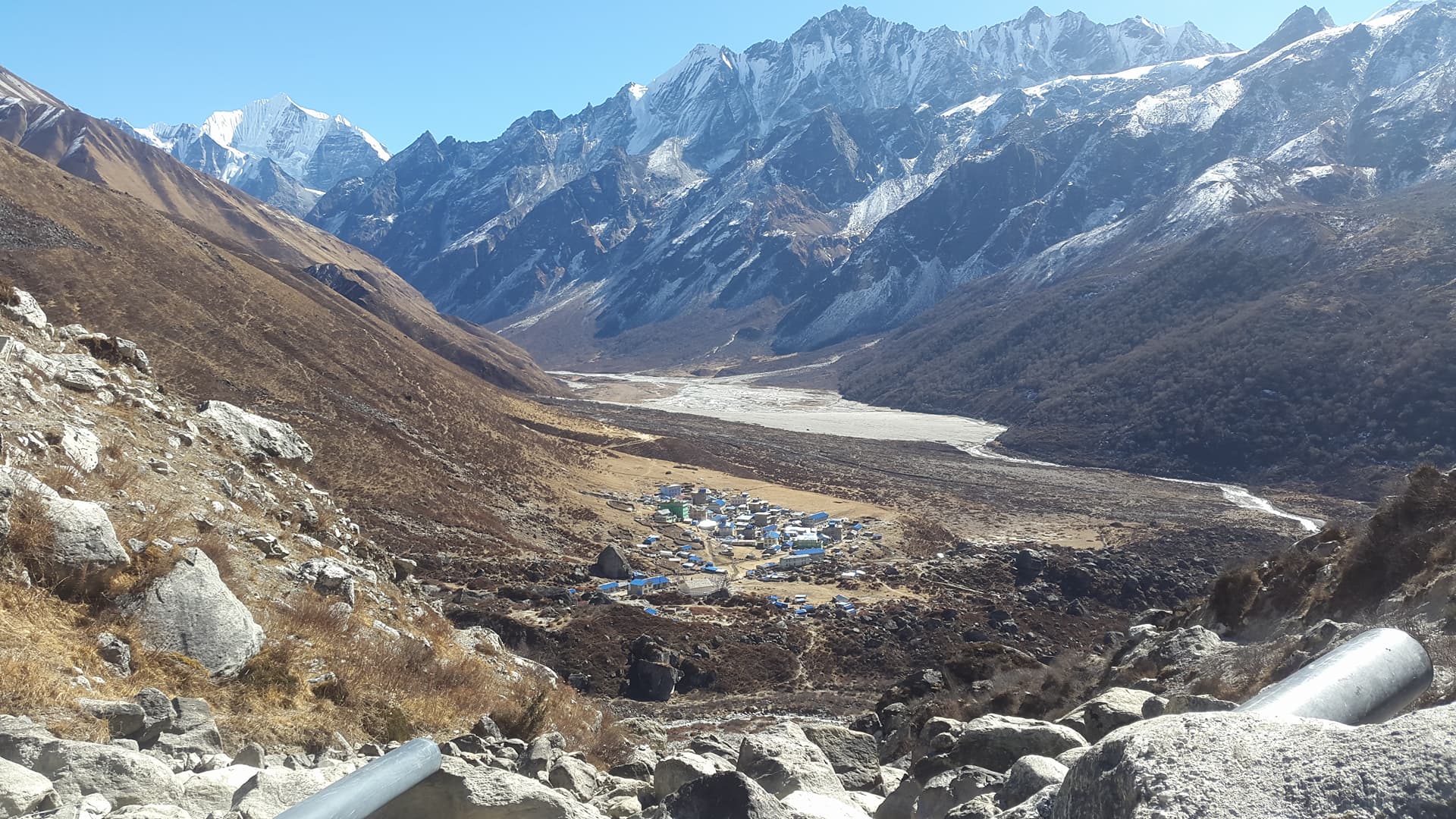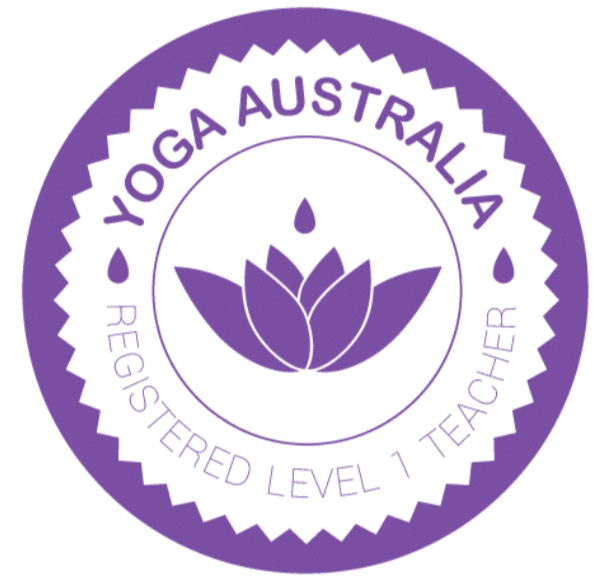Having the right clothes and equipment will make your trekking experience all the more comfortable. But if you’ve not been on a trekking holiday or to a place like Nepal before, deciding what you need to take, what you should get now and what you can get later can be confusing. I hope this overview will help you pack your bags in February.
Here’s an overview of what to expect and what to consider including a detailed packing list.
Buy and Bring vs Buy When There?
 Purchasing gear before you leave home affords a certain peace of mind. If you forget to pack something, or don’t realise you need it until you arrive, there are multiple trekking stores in Kathmandu which stock the full range of trekking clothing and equipment specific to the region you are travelling.
Purchasing gear before you leave home affords a certain peace of mind. If you forget to pack something, or don’t realise you need it until you arrive, there are multiple trekking stores in Kathmandu which stock the full range of trekking clothing and equipment specific to the region you are travelling.
You will find the best international brands of good quality and you’ll also find cheap knock offs. My experience is that you get what you pay for – the cheaper items I have tried my luck with have failed in a small way, not a long time after purchasing them which render them useless. For example, a drink bottle that soon doesn’t seal properly and starts to leak. Or a jacket where the zipper broke. Prices are not likely to vary a great deal when you compare the quality brands purchased in Australia versus Nepal.
You will need to be prepared for a variety of activities including of course trekking, sight-seeing and yoga. Hiking boots can get heavy for daily sight-seeing – if you have chunky boots, you might like to take some light sand-shoes for sight seeing.
In my opinion, the minimum that you should purchase a good six to eight weeks before you leave are:
- Good hiking shoes or boots
- A few good pairs of socks
- A comfortable day pack (backpack)
If you can get away with borrowing from a friend, you will likely need a decent Trekking back pack (large one for carrying all your other gear).
Benefits of Buying in Nepal
- Local knowledge of the region and conditions you are visiting means more likely to get great advice & equipment/clothes to suit
- Contribute to the local economy
- Will get a different variety of merchandise to choose from
- Lighter luggage from home to Nepal
Benefits of Buying in Australia
- Arrive prepared
- Don’t have to budget for purchase of gear during your holiday, which effectively spreads the cost out over a longer period
- You can plan your luggage allowance
- Save time on your holiday
Specific Items to Consider
- Sleeping bag: Blankets and bedding is available in tea-houses, but your own sleeping bag is recommended. It can be purchased prior to departure or on arrival from one of the trekking stores in Kathmandu. Personal preference means it is best if you discuss the style and needs with your specialist camping gear shop. General consensus is at least -5C or -10C to be safe if purchased in Australia. Others suggest -20C if purchased in Kathmandu. The Langtang region treks are Tea-House lodges, which are simple rooms but not insulated. A sleeping bag that is warm is essential, but it doesn’t need to be wind-proof. Extra blankets are usually available.
- Torch: Head lamps are extremely helpful for reading at night but also rummaging around in your room or backpack after the sun goes down. Wind-up (non battery) hand-held torches are a nice light-weight option that won’t go flat.
- Gloves: Self explanatory.
- Warm jumper: One or two good quality fleece jumpers to keep warm.
- Shell Jacket: Waterproof & windproof. Layers are key to keeping warm. They are also really helpful when you are trekking – you can add and subtract layers for your comfort and activity levels. Some people like the quilted “puffy jackets”, but I find you can’t adjust the layers as easily so there is less flexibility in varying the warmth of what you’re wearing so they can become bulky. Your choice.
- Beanie: Sure you can get it before you go, but then you won’t have as many reasons to get a funky, Nepalese, knitted complete with ear flaps and pom-poms!
- Walking Poles: I highly recommend walking poles so if you can borrow some, do it. They can improve your balance and really reduce the strain of walking. They can be found at many camping and outdoor shops.
- Water bottle: Wide-mouthed bottle that can be easily refilled from a boiled kettle. 750ml+. This is good to get on arrival as you want it to have a wide mouth and I haven’t seen a lot locally that fit the bill.
Accommodation
We will be staying in a large range of accommodation options from village home-stays, to simple tea-houses through to 4 star hotels. Thongs or light slip-on shoes are handy for when you head off to the toilet at night or to use in the shower.
Just a heads-up for showers on Trek: some are solar heated, but this is obviously weather dependant. So for the short trek of six days you may decide on a quick body-refresh but may not wash your hair. You can purchase shampoo etc in single sachets from road-side stalls in Kathmandu which means you don’t have to bring lots of bottles with you, but a small bottle of bodywash is helpful.
Weather
February is officially the last month of winter in Nepal and March brings slightly warmer weather and more sunshine. Prepare for generally cool conditions which will get cooler as we ascend through the mountains. Weather snap-shot:
- Sunshine for about 8 hours per day
- The daily temperature range is 5C to 26C
- The evenings and nights get cold
- Sunny, cloudy or cold days. Sometimes with rain.
The evenings are cool and electricity is unreliable. Warm layers and a good sleeping bag for the trek is advised. A beanie is a great idea – fun designs can be purchased in Nepal for a useful souvenir.
The Trek
- Walking approximately up to 6 – 8 hours per day (for 5-6 days).
- Your day pack will likely weigh 5-10 kg – it will be for your extra layers to wear, drink, snacks, camera
- Up to 12 kg can be given to a porter* to carry
- The highest altitude is we reach is just under 5000m (Kyanjin Gomba 3850m, with optional extra trek to Kyanjin Ri 4773m).
- Difficulty level: graded a 2 out of 4 (moderate difficulty). The chance of altitude sickness is low. If you are physically fit and already active, you should be able to manage without too much trouble. It is not recommended for children. It could challenge older people over 65 years old.
- https://www.uptodate.com/contents/high-altitude-illness-including-mountain-sickness-beyond-the-basics
*We will be using local Porters and Guides for this trek – this provides employment for the local community. We will have one porter for every two trekkers: allow 10kg of extra belongings to be carried by the porter.
The Yoga
You just need something comfortable that you can move and stretch in. The classes will be tailored to suit the individual and will include active or restorative postures to suit the day’s activities. In the evenings or cooler conditions you might like to wear thermal garments under tracksuit pants and a t-shirt. As I can’t guarantee the temperature of the yoga halls (and we may be able to venture outside), it’s best to be prepared with long pants and comfortable long & short sleeve t-shirt options.
You can download a full example packing list here.
And if you have any other tips for packing that have really helped you, I’d love for you to leave a comment and let me know.





